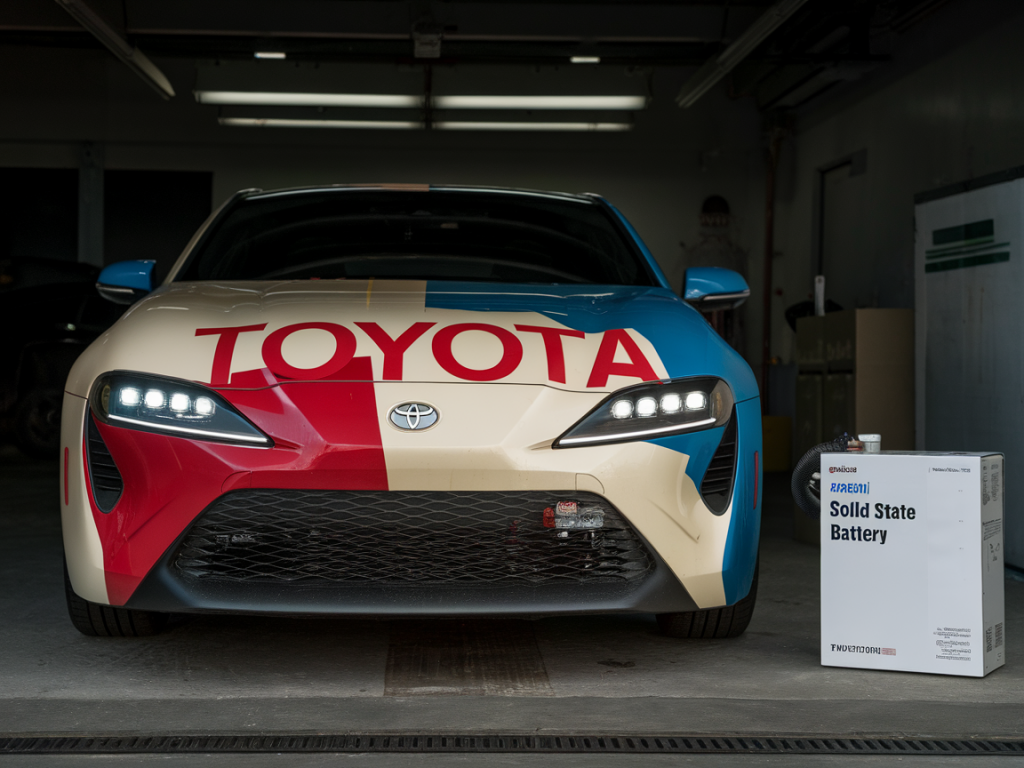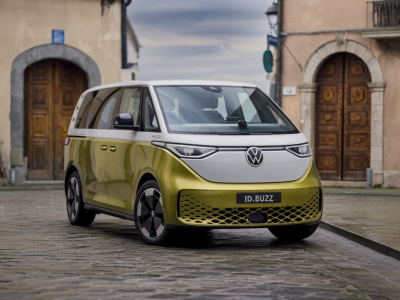
The electric vehicle (EV) industry is evolving at breakneck speed, and every so often, a breakthrough emerges that has the potential to transform the entire landscape. Recently, Toyota made headlines with its announcement of significant progress in solid-state battery technology. As someone who's spent years exploring the intersection of transportation innovation and sustainability, I can’t overstate just how impactful this development could be—for automakers, for drivers, and for the future of mobility.
What Exactly Is a Solid-State Battery?
If you’ve been following developments in electric mobility, you’ve probably heard the term "solid-state battery" thrown around. But what makes it such a game-changer?
Traditional lithium-ion batteries, the dominant technology in current EVs, rely on liquid electrolytes to shuttle ions between the anode and cathode. These liquids are often flammable, and they contribute to weight and cooling system complexity. In contrast, solid-state batteries use a solid electrolyte—typically ceramic, polymer, or glass—which can offer several vital advantages:
- Higher energy density: This means longer range on a single charge.
- Faster charging times: We’re talking minutes, not hours.
- Improved safety: Solid electrolytes are less prone to catching fire.
- Longer lifespan: More charge cycles before degradation.
Toyota’s solid-state battery promises to deliver on all fronts, potentially resolving many of the issues that have held EV adoption back.
What Did Toyota Announce?
In June 2023, Toyota revealed that it had achieved a significant breakthrough: a solid-state battery prototype capable of up to 1,200 kilometers (nearly 750 miles) on a single charge and a full recharge time of just 10 minutes. That’s not a small incremental improvement—it’s a seismic leap. For context, many current high-end EVs average between 350–450 km (217–280 miles) on a full charge with charging times of 30 minutes to several hours, even on fast chargers.
What’s perhaps even more stunning is Toyota’s expectation to mass-produce these batteries as early as 2027 or 2028. While the timeline may seem ambitious, Toyota has long been a leader in battery innovation. Let’s not forget—they were the first to successfully commercialize hybrid technology with the Prius back in the late 1990s.
Why This Could Reshape the Global EV Market
Let’s take a moment to reflect on what Toyota’s innovation could mean globally.
- Eliminating range anxiety: A range of 1,200 km will mean drivers no longer need to carefully plan trips around charging stops. EVs would suddenly become more viable for rural areas and long-distance journeys.
- Faster charging than fueling: With a 10-minute full charge, EVs could rival or even surpass traditional fueling times, making quick pit stops a reality.
- Decreased reliance on charging infrastructure: Longer ranges could reduce the demand for dense networks of public chargers, particularly in countries where infrastructure rollout is lagging.
- Accelerated EV adoption: Practicality and convenience are key drivers for mass-market acceptance. Toyota’s solid-state tech could be a catalyst for countries still hesitant about going electric.
And this doesn’t only affect personal vehicles. With commercial fleets, delivery services, and even aviation looking towards electrification, this type of battery technology could ripple across multiple industries.
Toyota’s Strategic Patience—and Why It Might Pay Off
I’ve watched many automakers rush into the EV market, pressured by early movers like Tesla and new entrants such as Rivian and BYD. Toyota, in contrast, has taken a more cautious route. Critics have pointed fingers, saying the company was falling behind in electrification. But now, with this breakthrough, it’s clear they were playing the long game.
Toyota’s heavy investment in hybrid vehicles may have appeared outdated to some, but it bought the automaker time to refine and develop what could soon be the most pivotal EV technology in a generation. Solid-state batteries are expensive and notoriously difficult to manufacture at scale. Toyota’s deliberate pace has allowed it to quietly resolve many of these challenges behind the scenes.
Challenges Still Ahead
While the hype is real—and in my opinion, justified—there are still hurdles to overcome. Manufacturing solid-state batteries involves complex materials and precise engineering, which can drive up costs. Scaling production to meet global demand won't be easy, nor will building enough solid-state-ready EVs to capitalize on the technology.
And let’s consider the rare earth materials involved. While solid-state batteries can reduce cobalt use, the global shift in supply chains from lithium-ion to solid-state may introduce new dependencies. It will be crucial for Toyota and others to pursue ethical and sustainable sourcing practices as production scales up.
Additionally, regulatory issues, testing protocols, and establishing new industry standards could present barriers. We’re still about four years away from seeing commercial solid-state EVs, and during that time, competitors like Volkswagen, Hyundai, and startups like QuantumScape will be racing toward the same finish line.
Implications for Consumers
For most drivers—and readers of Mobility News—such a breakthrough holds real promise for the future. As someone deeply committed to sustainable transport, I see solid-state technology as the key to unlocking mass EV adoption in ways we've only dreamed of.
Increased range and faster charging directly address the top concerns stopping many consumers from switching to electric vehicles. If Toyota can deliver a vehicle with 1,200 km range and 10-minute charging at a competitive price point, it will force the entire industry to follow suit—or get left behind.
It also broadens EV appeal beyond urban areas. Living in a city with accessible infrastructure, I’ve long recognized that rural and underserved populations often find that EVs don’t yet meet their needs. Solid-state tech could finally change that.
Looking Ahead
I’ll be keeping a close eye as we approach the expected timeline for production around 2027–2028. If Toyota can push this innovation through mass production hurdles, we may be on the verge of a revolution in EV technology. And I don’t say that lightly.
In the meantime, consumers and industry players alike should prepare for a rapidly shifting landscape. Infrastructure, vehicle design, supply chains, and consumer expectations will all need to evolve to meet this new reality. This is more than just a better battery—it’s a crossroads in the journey toward smarter, cleaner, more resilient mobility.

